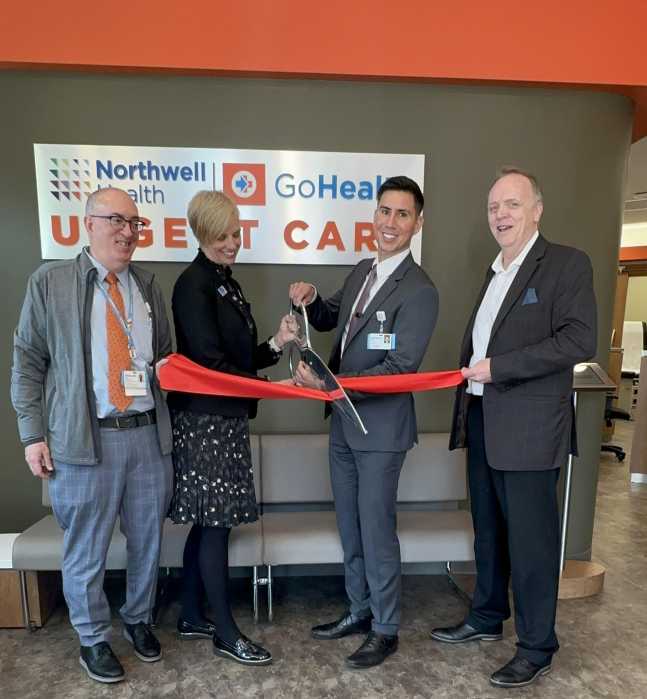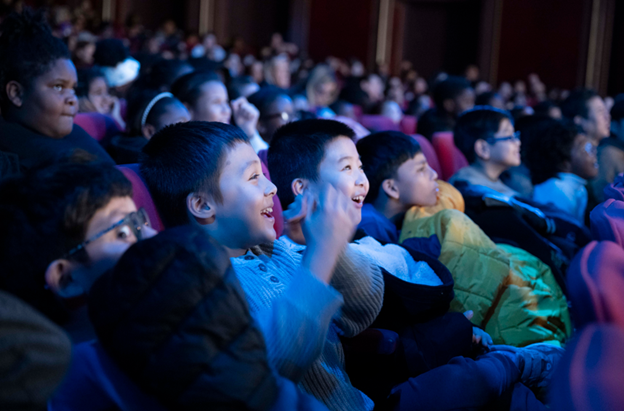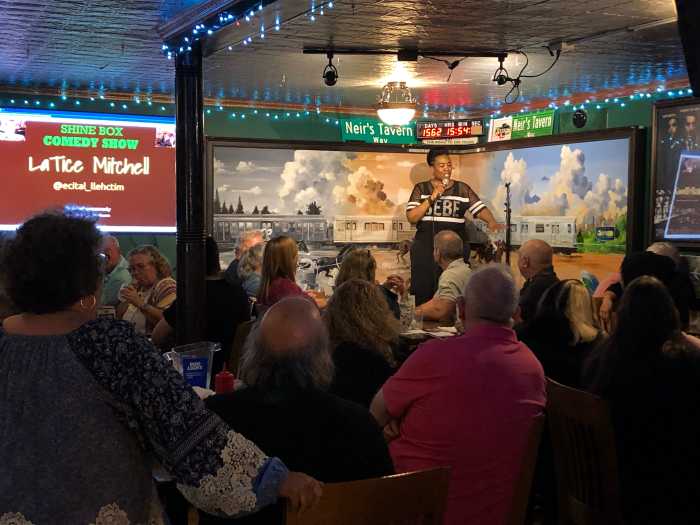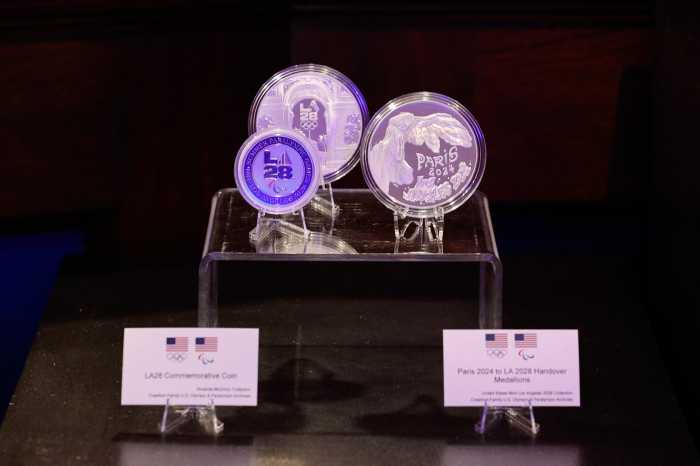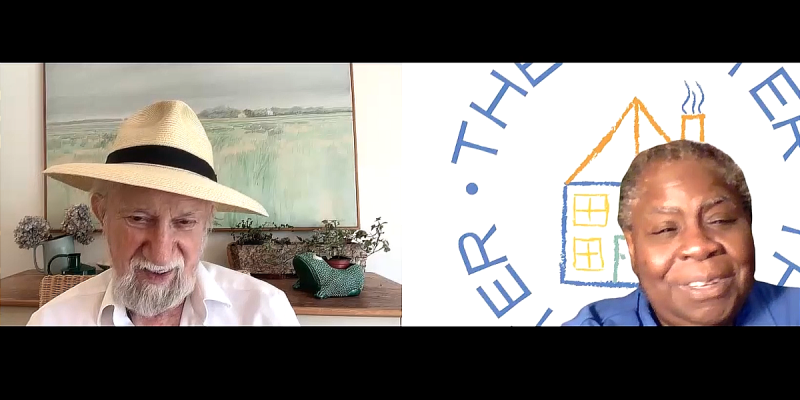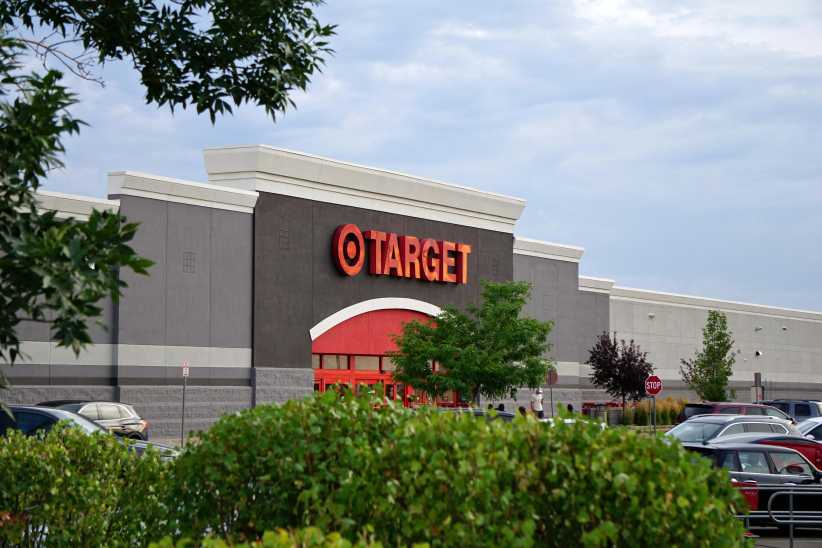Mayor Eric Adams and Public Schools Chancellor Melissa Avilés-Ramos announced on Monday that seven new public schools will open across New York City for the 2025–2026 academic year, including three in Queens.
The expansion aims to address classroom overcrowding, improve access to specialized learning programs and provide new career pathways for students.
The new schools will bring nearly 4,000 additional classroom seats to neighborhoods in Queens, Brooklyn, the Bronx and Staten Island.
City officials say the investment reflects a growing commitment to educational equity and innovation in response to both student needs and long-standing calls for improved infrastructure in high-demand districts.
“As the mayor of the largest school district in the nation, I’m committed to ensuring every young person has the opportunity to reach their full potential, no matter where they live,” said Mayor Adams during the May 5 announcement.
Queens, the city’s most populous and linguistically diverse borough, will receive three of the seven schools, each targeting distinct educational gaps and community priorities:
Historically Black College and University Early College Prep High School
District 29
Located in a district that includes neighborhoods like Jamaica and St. Albans, this tuition-free early college high school will allow students to earn up to 64 college credits—equivalent to an associate degree—from Delaware State University (DSU), a Historically Black College and University (HBCU). Scholars will be guaranteed admission to DSU upon graduation. The school is modeled on early-college high schools that have gained national traction as tools for expanding college access among underserved students.
Northwell School of Health Sciences
Woodside
Set to open in September 2025, this school is being developed in partnership with Northwell Health, NYC Public Schools, and Bloomberg Philanthropies. It will provide career-aligned training in healthcare, one of New York’s fastest-growing employment sectors. Students will receive real-world mentorship, direct exposure to clinical settings, and technical education tailored to meet Northwell’s workforce needs. The school reflects the city’s broader effort to embed career readiness into the high school experience.
Queens International High School
District 24
This school will serve newly arrived multilingual learners and their families, providing a culturally responsive, language-rich environment. In partnership with the International Network for Public Schools, the program is designed to support immigrant students’ academic and emotional needs as they transition into the U.S. educational system. Queens has long been home to one of the largest immigrant populations in the country, with over 160 languages spoken borough-wide.
In addition to the Queens-based schools, four others are set to open elsewhere in the city:
The Bronx STEAM Center (Districts 8, 10, and 11)
Will serve Bronx high school students with a focus on science, technology, engineering, arts, and math. The program aims to close achievement gaps by linking academics to real-world applications.
Central Brooklyn Literacy Academy (District 17)
Based on the successful South Bronx Literacy Academy model, this school will serve students in grades 2–8 who face language-based learning difficulties, including dyslexia.
Middle School of Innovation (District 21, South Brooklyn)
A STEM-focused school integrating AI, digital tools, and assistive technology to personalize learning and foster critical thinking.
Staten Island RISE Academy P.S. 89 (District 31)
Will focus on inclusive education and individualized instruction for students with special needs.
Addressing Persistent Needs in Queens
Queens has faced school overcrowding for decades, particularly in Districts 24 and 29. According to past reports from the NYC School Construction Authority, District 24 (which includes Corona, Elmhurst, and Jackson Heights) is among the most overcrowded in the five boroughs. District 29 has similarly long called for more educational investment and workforce-oriented programs.
“With these new schools, we’re meeting communities where they are and addressing deeply rooted educational disparities,” Chancellor Avilés-Ramos said. “Each of these schools embodies an innovative model tailored to the unique needs of our diverse communities.”
All seven schools are scheduled to open in time for the 2025–2026 school year.


